The following article gives readers an insight into the day-to-day activities of a successful farmer who cultivates Ivy gourds in the Prakasam district of Andhra Pradesh. The cultivation details of Mr. Rajaiah’s Ivy gourd farm, as well as facts and suggestions on the cultivation of the Ivy gourd crop, will be covered in this article.
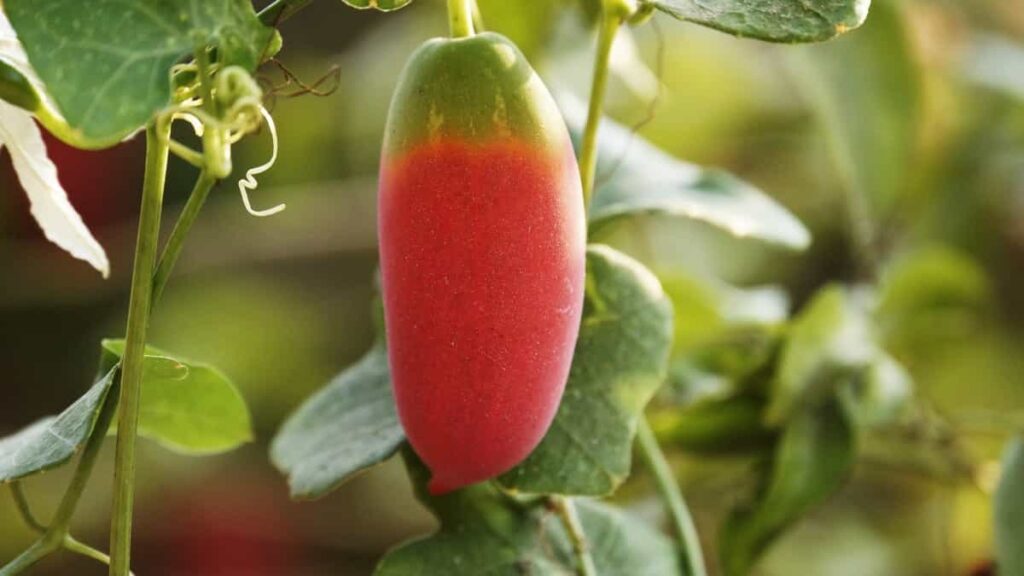
How this farmer earning 7 lakh rupees from his ivy gourd farm
How long does it take to grow ivy gourd?
It just takes the vine around three to four months from planting to start producing fruit. However, this time frame can be extended by a year in the event of seed propagation. Hand-pick or cut them off while young and have a green appearance. You should harvest ivy gourds before they get too ripe since their crisp texture is at its peak at that age. You can use gourd seeds for propagation or buy seeds from a local seed source.
Pick a ripe gourd, scoop out the seeds, and let them dry up before planting. Now fill the container with potting soil, being sure to leave some space. Dig a hole, drop in the seeds, and then cover them with the soil, giving them a depth of approximately one inch. Water it and then wrap it in plastic. Pick a mature vine with a healthy semi-hardwood stem.
Remove a stem length of 6-7 inches. The optimal number of leaves per stem is four or five. Create a 45-degree slant and cut it. Now you should soak the severed section in the hormone that will promote new roots to form. Plant it deeper, about two to three inches, in a pot or ground, and water it well. Seeds can be planted in a tropical environment at any time of the year. Sowing is best done in the spring and early summer (February–March), whereas early monsoon is ideal for propagating plants from cuttings (June – July).
Does ivy gourd need full sun?
Since the plant won’t bear fruit if kept in the shadow. An ivy gourd’s optimal amount of sunlight is 6-7 hours. Nonetheless, younger plants should be shaded during the day. Any window facing west or south is the best choice for an interior space. This gourd thrives in tropical regions’ constant warmth and humidity so that it can grow year-round. Also, it thrives in a broad temperature range, although it grows best between 20 and 32 degrees Celsius (68 and 90 degrees Fahrenheit).
The soil should be kept uniformly wet but not waterlogged to promote abundant growth. It needs heavy watering once per week if growing in a garden bed. Monsoon is not the time to water. The water in a pot will evaporate faster, so you’ll need to keep an eye on it. For testing, stick a finger into the ground 1.5 inches deep. If it seems dry, water it heavily until water emerges from the holes.
In case you missed it: How this Farmer Earning 25 Lakh Rupees from his Bitter Gourd Farm: A Success Story to Inspire
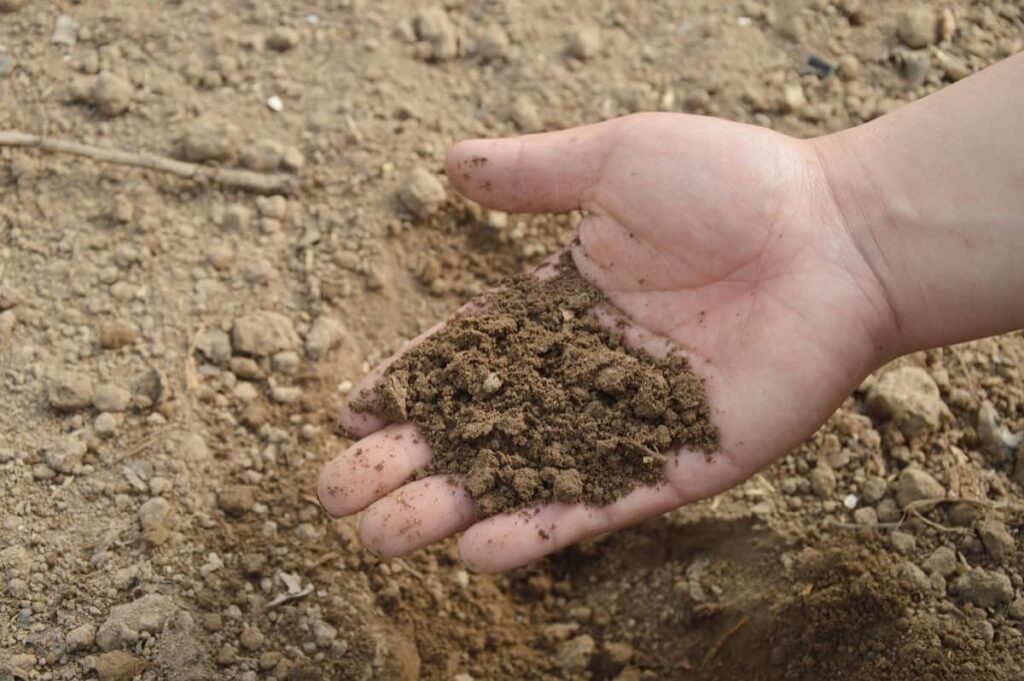
Gourds thrive in rich, moist soil with good drainage. Soil with a loamy-sandy texture is ideal; thick clay soil, which may clog drains, should be avoided. In addition, neutral soil is ideal, although a little acidic or alkaline soil would do as well. Add well-rotted manure, coarse sand, peat moss, compost, and garden soil to mix your potting.
What makes ivy grow faster?
Ivy is a fast-growing plant that, once established, can grow up to 8 or 9 feet per year indoors but often takes three years to reach peak pace. To ensure optimal development, provide it with enough indirect light, high-quality potting soil, and a monthly feed throughout the spring and summer.
When grown as houseplants, they can be readily pruned to maintain a manageable size. Simply cut the vine with pruners or scissors, or snap it off with your fingers right above a leaf. The variety of ivy is almost limitless. But English ivy is the most common plant grown in greenhouses.
Why is my ivy gourd not flowering?
The ivy gourd (tindora) is a plant that thrives in warm climates. The vines that produce gourds tend to multiply rapidly without additional fertilizer. To produce fruit, such as gourds, necessitates the presence of pollinators. Male and female flowers exist on gourds, and pollen must travel between them.
Does ivy need much water?
Overwatering can kill ivy plants. Be careful not to overwater your ivy. Wet ground is bad for ivy plants. Hold off on watering until the top inch or two of the potting mix has dried off. This houseplant prefers slightly drier conditions than slightly more humid ones. As with other houseplants, ivy needs a container with drainage holes.
Overwatering ivy causes the leaves to become brown and dry around the edges, which can come as a surprise. If the plant shows this symptom, it must be watered more frequently. Leaves become brown because the plant’s roots suffocate in excess moisture. Roots submerged in water cannot transport nutrients or, interestingly enough, water to the plant. That’s why it’s essential to water your ivy only when it’s completely dry.
The success story of Mr. Rajaiah
Mr. Rajaiah of the Prakasam district, Andhra Pradesh, is a small-scale farmer with 2.5 acres of land. He used to cultivate maize in the past, but the result was never good. In his area, there used to be a problem of wild boars, damaging his crop a lot. He suffered huge losses for years, almost gave up, and chose to sell his land and enter any other industry. One of his dearest friends told him to cultivate vegetables and directly sell them to the market. He told him to cultivate ivy gourd (tindora) as it has high demand and a reasonable market price.
In case you missed it: How This Farmer Earning 18 Lakhs from His Bottle Gourd Farm – A Vegetable Farmer Success Story
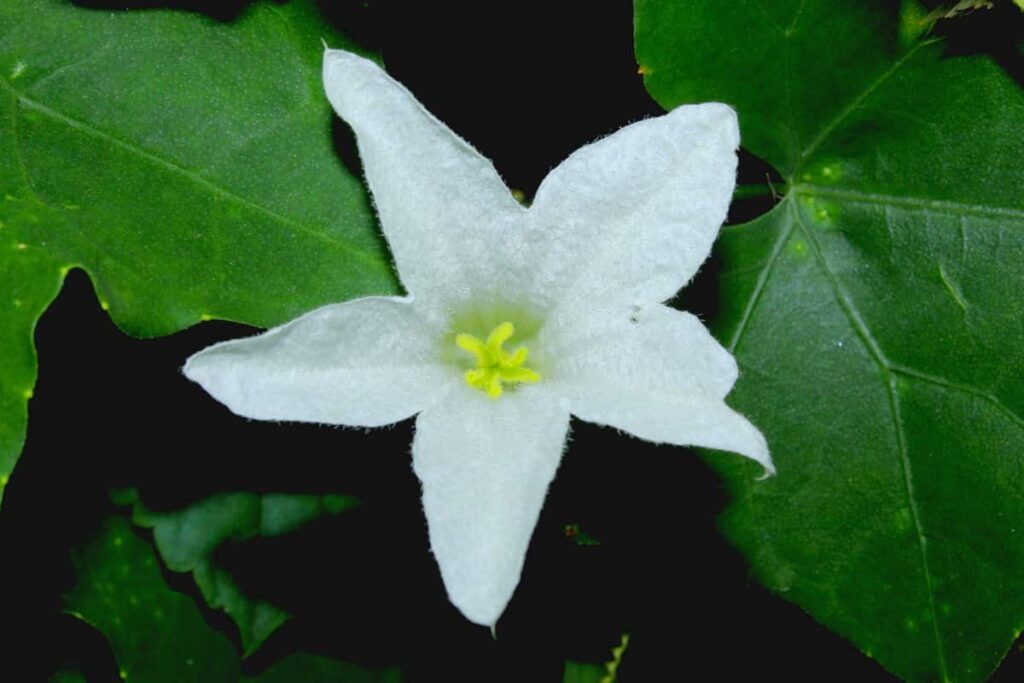
He wanted to give one last try upon his friend’s request. He started investigating the ivy gourd cultivation and talked to their Mandal agricultural officers. They favored his decision and wanted him to move forward. He is confident enough to start his farm after learning everything. After he started, he became one of the most successful farmers in his village and was more profitable than he had ever imagined. How did this happen? Now let us see how Mr. Rajaiah took care of his farm, the cultivation details in his own words, and his experience as a successful farmer.
Pergola construction details in Mr. Rajaiah’s words
Any plant that climbs uses a pergola as its support structure. Proper fruiting conditions, less pesticidal infestations, and a higher quality harvest are just a few of the many benefits of this form of agriculture. Most ivy gourds are misshapen because they are cultivated traditionally, which involves planting seeds directly in the ground. In addition, most ivy gourd fruits are dried off by the hot sun.
Given these factors, the ivy gourd harvest season lasts no more than four months, although pergola cultivation may increase it to six or seven. Growing ivy gourds (tindora) under a pergola allows the veggies to hang below the structure for optimal growth. A pergola is a structure made of poles and wire so that vines may climb up and over them. The mature plant crawls up the pergola and covers the whole top with its rich green leaves.
The leaves absorb sunlight at the pergola’s peak and prevent it from penetrating below, preventing the plant’s water supply from evaporating. Mr. Rajaiah built a pergola on his 2.5-acre property using stone poles. He installed nearly 400 poles per acre on his farm. Each pole has a height of 9 feet. Over the poles, he strung galvanized iron wires in the shape of a pergola. The space between each row of poles is 12 feet, and between each pole in a row is 11 feet.
Mr. Rajaiah claims that a pergola, once built, can remain in use for up to twenty years. Despite the obvious long-term benefits, the cost of building a pergola is minimal and one-time. In addition, the government offers a subsidy of around 50% for pergola buildings. To apply for the subsidy, you must visit the agricultural office in your district or Mandal. He used stone poles as they were cheap and strong.
It took him nearly three lakhs rupees per acre to build the pergola on his farm, and in that, almost 1.5 lakh rupees are subsidized, says Mr. Rajaiah. When building a pergola, use thick wires rather than thin ones since the thin ones are more likely to break quickly. Galvanized iron wires are recommended since they will not rust. Plastic wires are another option if you’re trying to save money, but they wear out quickly and must be replaced often.
In case you missed it: How This Farmer Earning 9 Lakh Rupees from His Ridge Gourd Farm: A Success Story of a Vegetable Farmer in India
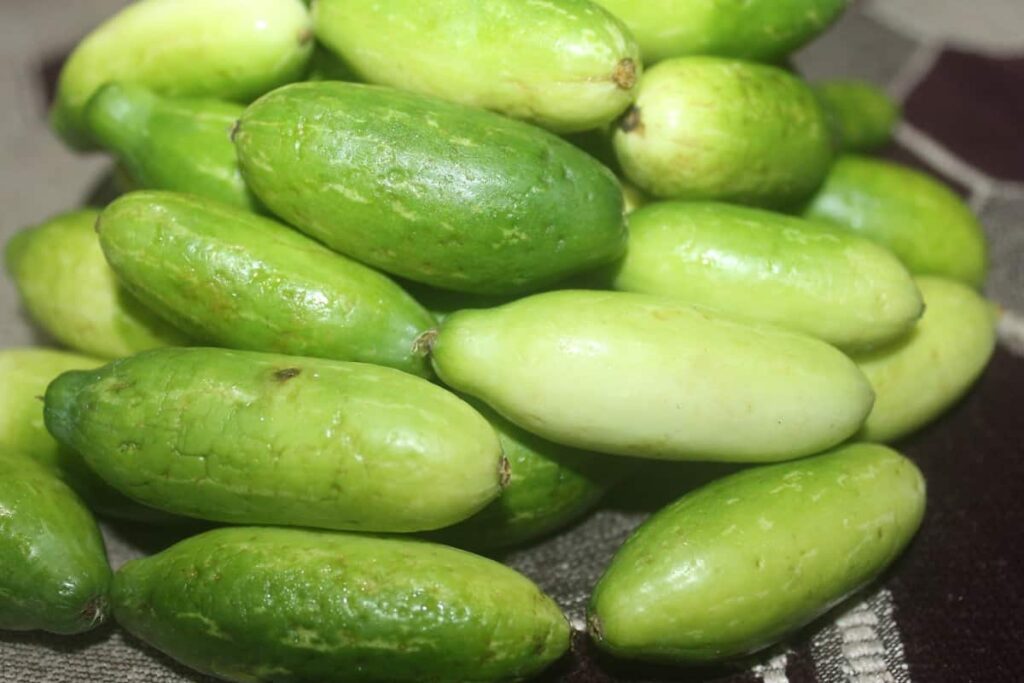
Ivy gourd cultivation details, according to Mr. Rajaiah
While preparing the land, he said he added nearly five trucks of animal manure per acre to his farm. You can also add compost and chicken manure as an addition. As his soil is very fertile, he chose to reduce the cost of the extra manure, says Mr. Rajaiah. After the land preparation, the drip pipes should be installed. Mr. Rajaiah bought Ivy gourd tubers for sowing, which took him 2 rupees per tuber.
It takes nearly 1000 tubers per acre which makes nearly 2,500 tubers for his whole farm. As a fertilizer for his ivy gourd farm, he mixed cow’s manure and other medicine and sprayed this mixture before starting the plants from tubers. Between each stone pole in a row, four tubers should be sown with the same distance between them. After 15 days, once the seeds are sown, you can see the vines growing out of the soil.
These small vines should be trellised bit by bit and trained to creep to the top of the pergola. For the whole trellising, it can take nearly 15,000 rupees per acre. Do your part in watering the crop. Irrigation should be applied on alternate days for ivy gourd. In summer, you can irrigate them every day, says Mr. Rajaiah. Watering is mostly dependent on climatic conditions. Don’t water if it rains anytime. Once a week, fertilizers should be sprayed upon the plants.
In case you missed it: How this Farmer Earning 18 Lakhs from His Strawberry Farm: A Success Story of a Fruit Farmer in India
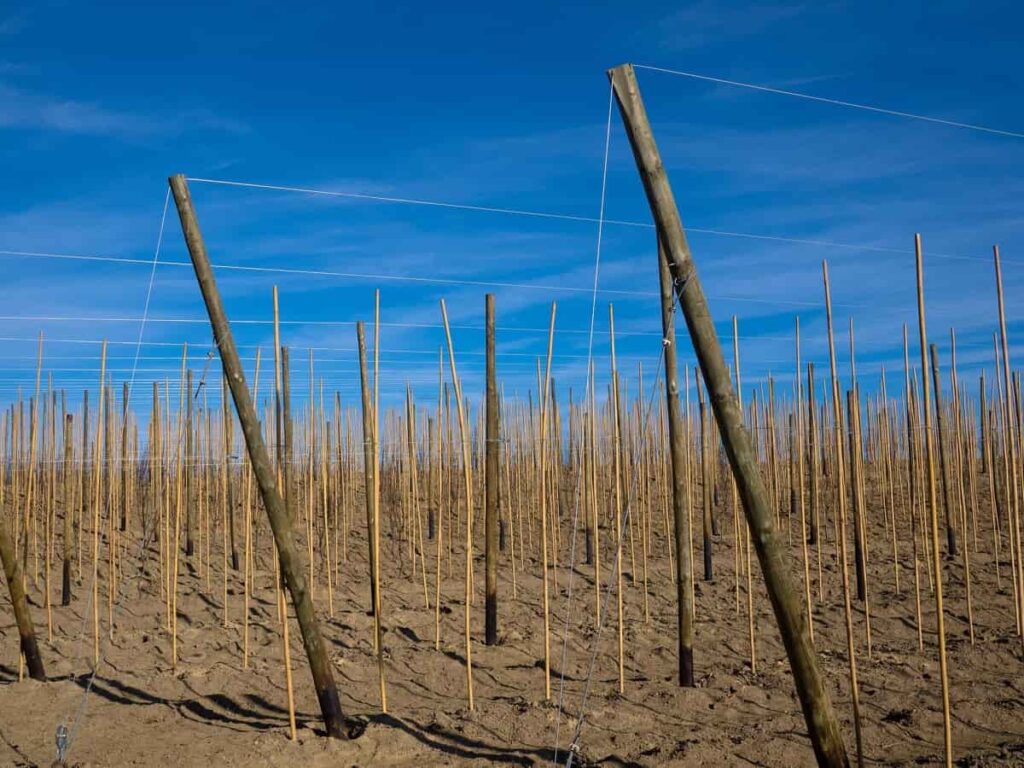
You can also provide the plant’s fertilizers through the fertigation process. The Fertigation process involves giving fertilizers to the plants through drip irrigation pipes. This is ideal and saves water, says Mr. Rajaiah. Also, he didn’t use urea for his ivy gourd plants as they make plants vine for longer distances and decrease the yield. Every month when plants are growing, he gives 20:20:00 or 28:28:00 @ 30 kgs per acre. Ivy gourd plants are less prone to pests, says Mr. Rajaiah.
The plant comes to the stage of first harvest 80 days after sowing seeds. Most people say that ivy gourd crop lasts three years. But this is false, says Mr. Rajaiah from his experience. Ivy gourd crops will have their best harvest in only one year; if prolonged more than that, the fruiting gets damaged, and the vegetables will not sell in the market, says Mr. Rajaiah. Mr. Rajaiah harvests nearly 60 tons of ivy gourd per acre. He harvests nearly 150 tons of ivy gourd from his whole farm in a year.
Profit analysis of Mr. Rajaiah’s ivy gourd farm
As mentioned above, Mr. Rajaiah harvests nearly 150 tons of ivy gourd from his farm in a year. This is the minimum amount of harvest you can obtain when you take care of your farm. This harvest sells at the market at 6 to 7 rupees per kg. This means Mr. Rajaiah’s income would be nearly 10,50,000 rupees per year. Mr. Rajaiah says he invested about 1,30,000 rupees per acre, including seeds, fertilizers, labor, and others.
In case you missed it: How this Farmer Earning 35 Lakhs from His Capsicum Farm: A Success Story of a Bell Pepper Polyhouse Farmer in India
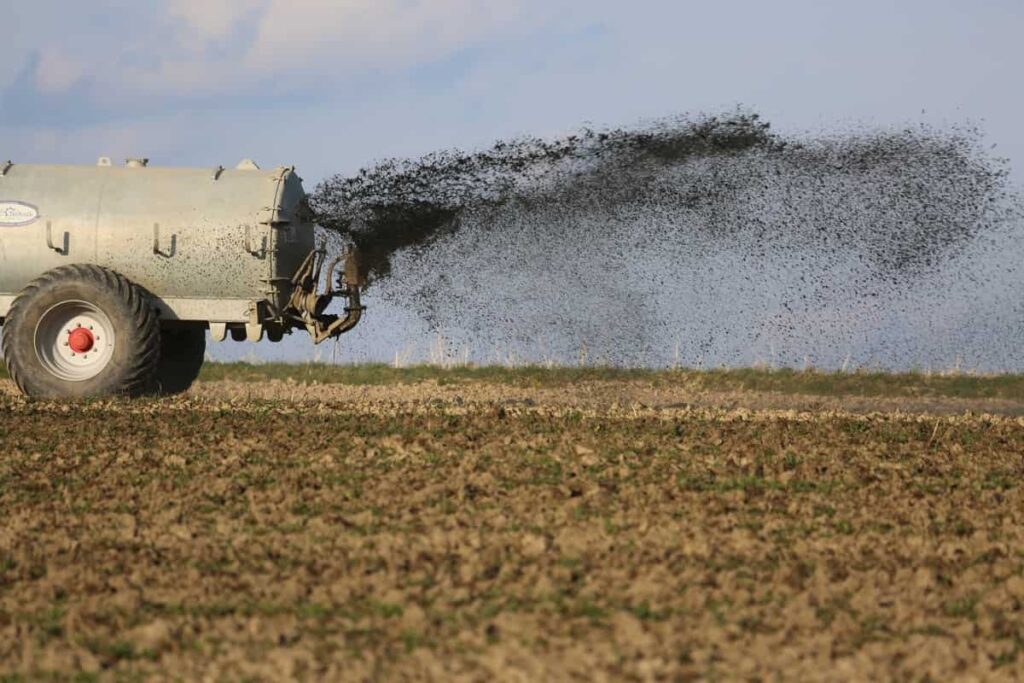
From the calculations for his whole farm, it would take nearly 3,25,000 rupees per year. Now, if we take off his investment from his income, he would get a profit of almost 7,25,000 rupees. This is a decent figure for a vegetable farmer who cultivates on 2.5 acres. Mr. Rajaiah says that he is now satisfied with his pergola ivy gourd farm, and he wants to expand his farm to another half acre.
- Economical Aquaculture: A Guide to Low-Budget Fish Farming
- 15 Common Planting Errors That Can Doom Your Fruit Trees
- How to Make Houseplants Bushy: Effective Tips and Ideas
- Innovative Strategies for Boosting Coconut Pollination and Yield
- Pollination Strategies for Maximum Pumpkin Yield
- The Complete Guide to Chicken Fattening: Strategies for Maximum Growth
- Natural Solutions for Tulip Problems: 100% Effective Remedies for Leaf and Bulb-Related Issues
- Revolutionizing Citrus Preservation: Towards a Healthier, Greener Future
- Natural Solutions for Peony Leaf and Flower Problems: 100% Effective Remedies
- Maximizing Profits with Avocado Contract Farming in India: A Comprehensive Guide
- Natural Solutions for Hydrangea Problems: 100% Effective Remedies for Leaf and Flowers
- The Ultimate Guide to Choosing the Perfect Foliage Friend: Bringing Life Indoors
- From Sunlight to Sustainability: 15 Ways to Use Solar Technology in Agriculture
- The Ultimate Guide to Dong Tao Chicken: Exploring from History to Raising
- The Eco-Friendly Makeover: How to Convert Your Unused Swimming Pool into a Fish Pond
- Mastering the Art of Delaware Chicken Farming: Essentials for Healthy Backyard Flocks
- 20 Best Homemade Fertilizers for Money Plant: DIY Recipes and Application Methods
- How to Craft a Comprehensive Free-Range Chicken Farming Business Plan
- Brighten Your Flock: Raising Easter Egger Chickens for Beauty and Bounty
- How to Optimize Your Poultry Egg Farm Business Plan with These Strategies
- Subsidy for Spirulina Cultivation: How Indian Government Schemes Encouraging Spirulina Farmers
- Ultimate Guide to Raising Dominique Chickens: Breeding, Feeding, Egg-Production, and Care
- Mastering the Art of Raising Jersey Giant Chickens: Care, Feeding, and More
- Ultimate Guide to Raising Legbar Chickens: Breeding, Farming Practices, Diet, Egg-Production
- How to Raise Welsummer Chickens: A Comprehensive Guide for Beginners
- How to Protect Indoor Plants in Winter: A Comprehensive Guide
- Ultimate Guide to Grow Bag Gardening: Tips, Tricks, and Planting Ideas for Urban Gardeners
- Guide to Lotus Cultivation: How to Propagate, Plant, Grow, Care, Cost, and Profit
- Agriculture Drone Subsidy Scheme: Government Kisan Subsidy, License, and How to Apply Online
- Ultimate Guide to Raising Araucana Chickens: Breed Profile, Farming Economics, Diet, and Care
- Bringing Hydroponics to Classroom: Importance, Benefits of Learning for School Students
- Ultimate Guide to Raising Polish Chickens: Breed Profile, Farming Economics, Diet, and Care
- Ultimate Guide to Raising Australorp Chickens: Profile, Farming Economics, Egg Production, Diet, and Care
- Silkie Chicken Farming: Raising Practices, Varieties, Egg Production, Diet, and Care
- Sussex Chicken Farming: Raising Practices, Varieties, Egg Production, Diet and Care
- Homemade Feed Formulations for Livestock: Discover Cost-effective Starter to Finisher Feed Recipes